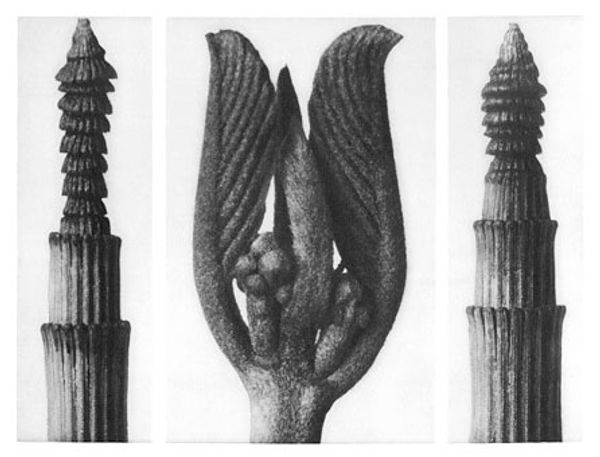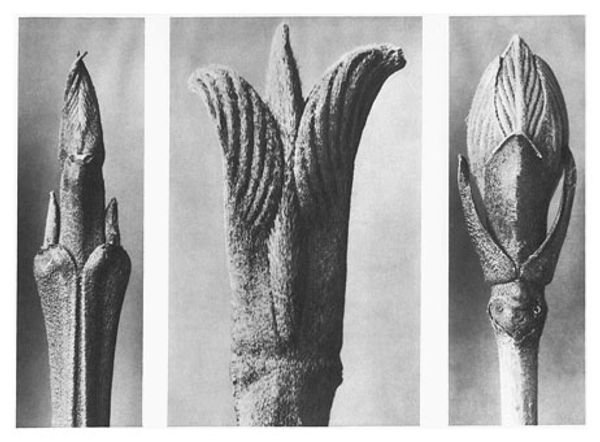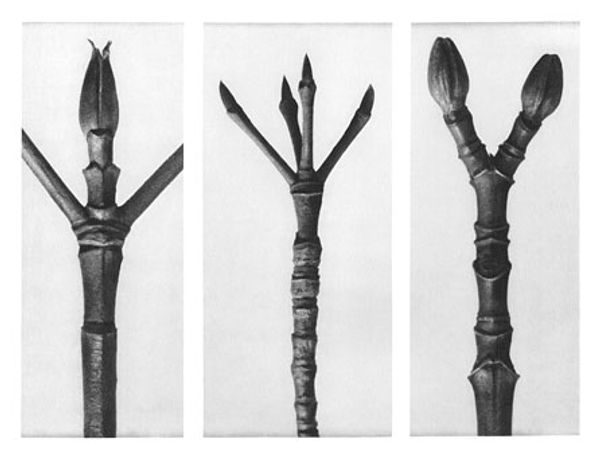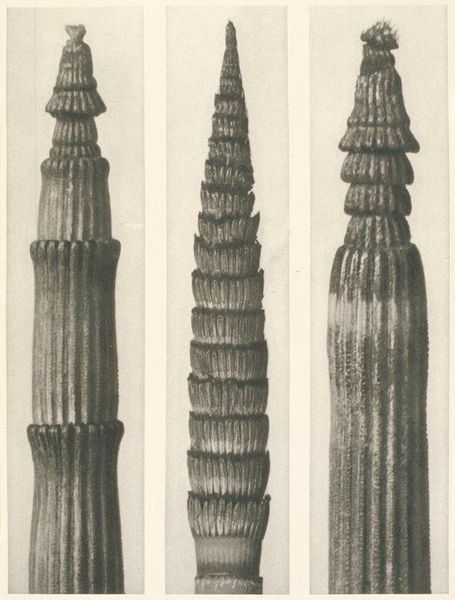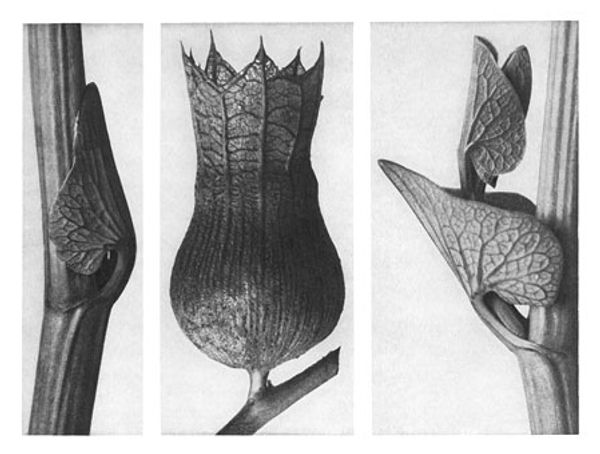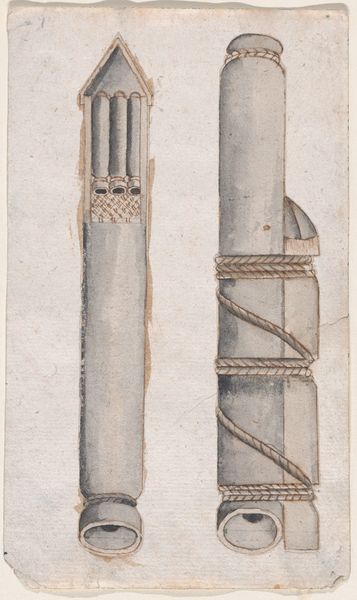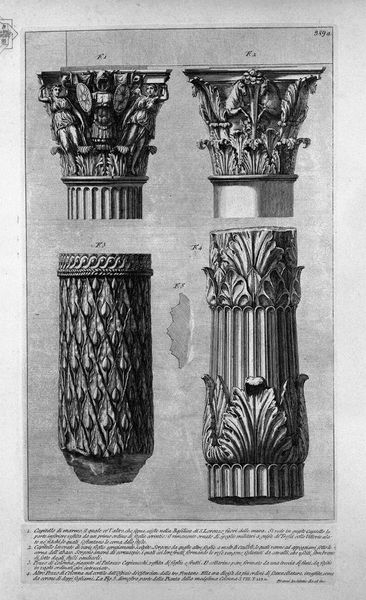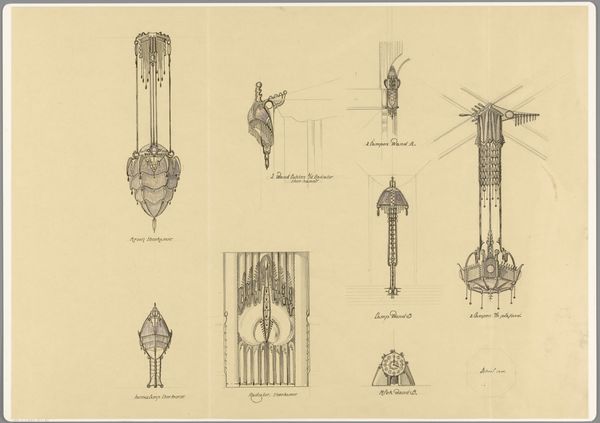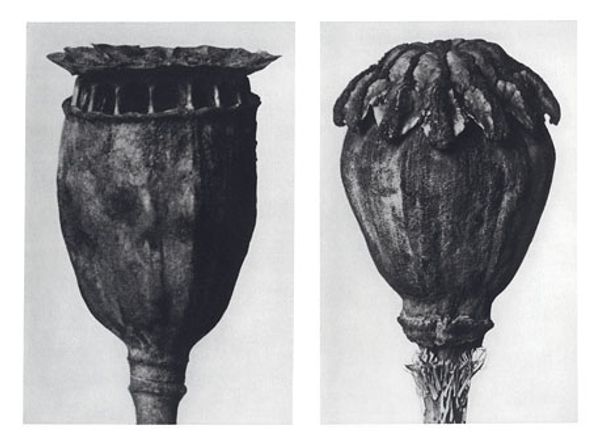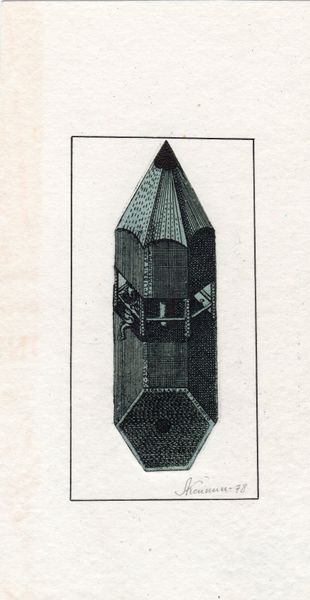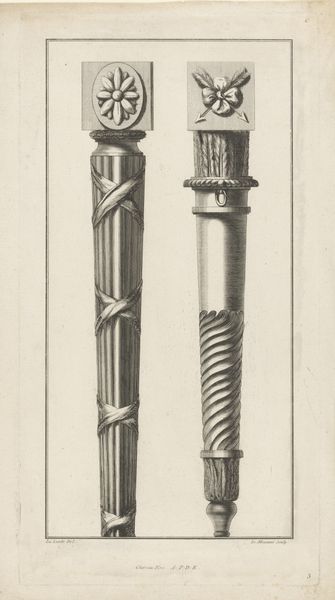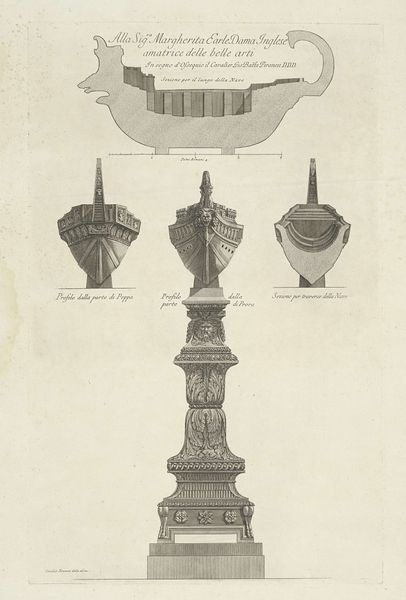
print, photography
# print
#
sculpture
#
photography
#
geometric
#
modernism
Copyright: Public domain
Curator: Welcome! Let's take a look at Karl Blossfeldt's "Art Forms in Nature 7," a print from 1928 showcasing three distinct botanical specimens. Editor: Stark. The sharp, monochrome contrasts against that stark white background make it almost architectural; these could be renderings for some modernist building design. Curator: Indeed. Blossfeldt dedicated his career to photographing plants, magnifying details to reveal inherent geometric structures often unseen by the naked eye. His project exists at the intersection of the artistic avant-garde and scientific documentation. Editor: That positioning between art and science is intriguing. In a pre-digital age, his extreme close-ups must have resonated with artists exploring abstraction and simplification, particularly as they responded to early forms of mass production and industrialization. Curator: Absolutely. There's a pedagogical element at play too. Blossfeldt taught sculpture, using his images to help his students understand and incorporate nature's designs. It also democratizes knowledge. Before affordable photography and widely accessible printed material, seeing detail like this would have been restricted to academia and specialized collections. Editor: So, he’s changing the gaze. Instead of idyllic landscapes, it is the meticulous examination of these organisms in isolation. There is a sterile, almost dehumanizing coldness about it. How does that square with Modernism’s utopian project? Curator: Modernism’s utopianism could sometimes embrace an ideal of standardization and order that feels cold now. He was concerned with universal structures and systems—he saw beauty in objective observation. What is the legacy of this objectivity today, as we contend with scientific racism and structural inequality, especially as we examine ideas of eugenics, measurement, and race science which were very prominent in his time? Editor: It definitely prompts you to ask broader questions of visual culture and our understanding of natural and designed orders. Ultimately, the work itself still challenges us to view the world, nature, and ourselves, with fresh perspectives. Curator: Agreed, this forces us to recognize not just aesthetic value, but historical value, the political and scientific legacies intertwined in something that seems as simple as a set of close-ups of botanical specimens.
Comments
No comments
Be the first to comment and join the conversation on the ultimate creative platform.
